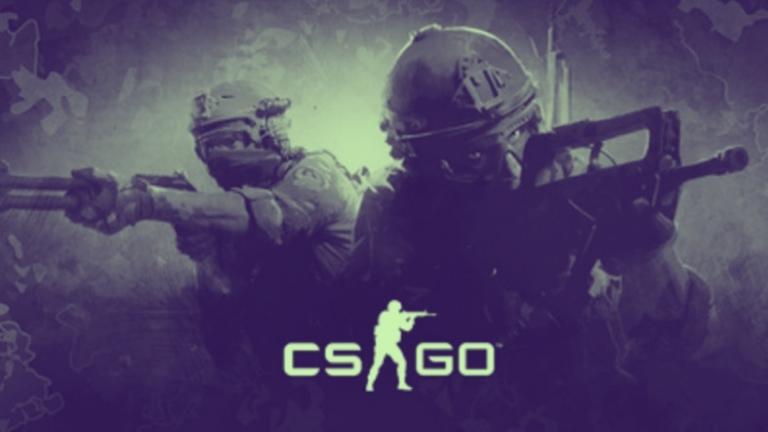If you’re a fan of Counter-Strike: Global Offensive (CSGO), the popular first-person shooter game, and are interested in showcasing your creativity and design skills, creating your own custom maps can be a great opportunity.
CSGO has a thriving map-making community, and in this article, we’ll guide you through the process of creating your very own CSGO map from scratch.
We’ll cover everything from the basics of map layout and design to advanced techniques like adding custom textures and lighting effects.
Getting Started
Before starting to create a map in CSGO, it’s crucial to have a clear vision of what you want to achieve. Ask yourself questions like, do you want a competitive map where players can fight, or a casual one where players can explore?
Do you want to create a realistic environment or a fantasy one? Once you have a clear idea, it’s time to plan out your map.
Planning the Map Layout
The first step in creating a CSGO map is to plan out the map’s layout. This involves deciding on the size of the map, the number of players it will accommodate, and the general layout of the play area.
You can sketch out your ideas on paper or use mapping software like Valve’s Hammer Editor to create a 3D layout.
Creating the Map Geometry
After finalizing the layout, the next step in creating a CSGO map is to create the actual 3D geometry. This means designing the walls, floors, and ceilings that will make up the play area.
You can use pre-made textures from the CSGO game files, or create your own custom textures using software like Adobe Photoshop. The Hammer Editor is a great tool for creating and editing map geometry.
You can use its various tools to create brushes, manipulate vertices, and apply textures to the surfaces of the geometry. Keep in mind that the more detail you add to the map geometry, the more resources it will require to run in the game.
It’s important to balance detail with performance to ensure the map runs smoothly for players.
Adding Props and Detail
After creating the basic geometry of the map, you can add props and details to enhance the visual appeal and gameplay experience. Props are 3D objects that can be placed within the map, such as furniture, barrels, and boxes.
You can also add lighting fixtures to the map to create realistic lighting effects. Additionally, custom decals and graffiti can add visual interest and help establish the theme or atmosphere of the map.
All of these details help to make the map more immersive and engaging for players.
Testing and Refining the Map
After creating your CSGO map, it’s essential to playtest it to ensure that it’s enjoyable and balanced for players. This can involve testing with a group of friends or uploading the map to CSGO’s Steam Workshop and receiving feedback from the community.
Based on the feedback received, you may need to make adjustments to the map layout, geometry, props, or other elements to improve gameplay.
It’s also important to consider optimizing the map for performance. This can include reducing the number of props or using lower-polygon models to improve frame rates for players.
Once you’re satisfied with the map, you can upload it to the Steam Workshop for other players to enjoy.
Remember that creating a great map takes time, effort, and a lot of trial and error. Don’t be discouraged if your first attempts don’t turn out as expected.
Keep practicing, learning, and experimenting with different techniques to improve your skills and create even better maps.
Customizing Textures and Lighting
After finalizing the map layout and gameplay, you can start adding more advanced details like custom textures and lighting to give the map a unique appearance.
This may involve creating your own textures using software such as Adobe Photoshop or Substance Painter, as well as adding dynamic lighting effects like shadows and reflections.
This will give your map its own distinct personality, making it stand out from other maps.
Publishing and Sharing the Map
After completing your CSGO map, it’s time to share it with the community. You can upload it to the Steam Workshop, where other players can download and play it.
Sharing your map on social media or CSGO forums can also help you connect with other map makers and receive valuable feedback.
Conclusion
Creating a custom CSGO map can be a challenging yet fulfilling experience. With the appropriate tools and techniques, anyone can produce a map that is both enjoyable to play and visually impressive.
By adhering to the steps outlined in this article, you can develop a map that exhibits your creativity and adds to the thriving CSGO map-making community.









